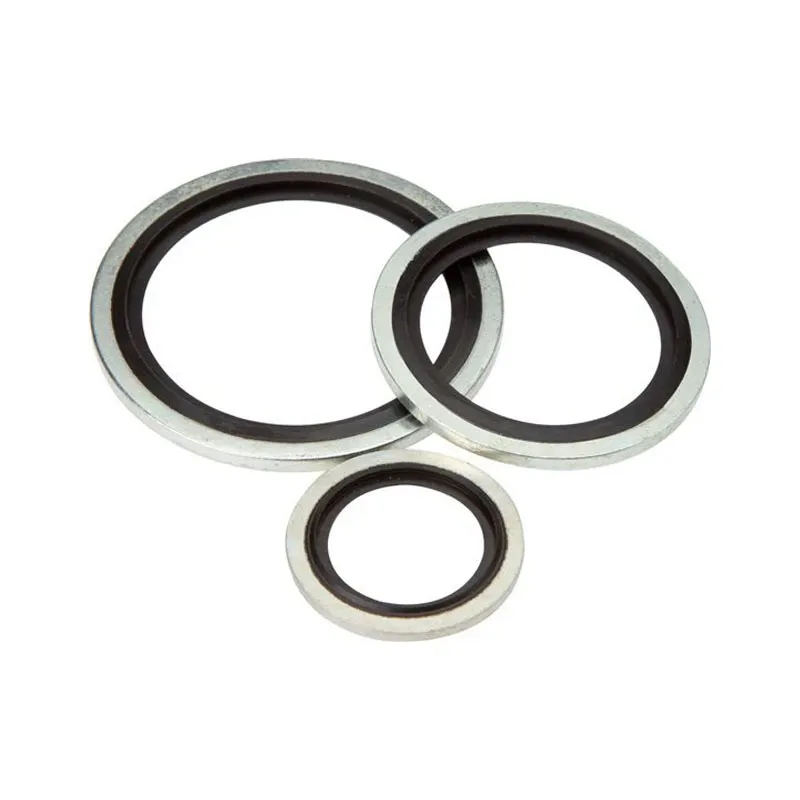power steering reservoir cap seal
Understanding the Power Steering Reservoir Cap Seal
The power steering system is an essential component of modern vehicles, providing drivers with the necessary assistance to steer their cars with ease. At the heart of this system lies the power steering reservoir, which stores hydraulic fluid essential for the system's operation. One often overlooked but crucial part of this system is the power steering reservoir cap seal. In this article, we will explore the importance, function, and maintenance of the power steering reservoir cap seal.
What is a Power Steering Reservoir Cap Seal?
The power steering reservoir cap seal is a rubber or plastic component that seals the cap of the power steering fluid reservoir. Its primary purpose is to prevent contaminants, such as dirt and moisture, from entering the fluid reservoir, while also keeping power steering fluid from leaking out. A properly functioning seal is vital to maintaining the integrity of the power steering system.
Importance of the Seal
1. Fluid Contamination Prevention The hydraulic fluid in power steering systems is sensitive to contamination. Dust, dirt, and moisture that seep into the reservoir can compromise the fluid's effectiveness, leading to erratic steering performance and potential damage to the power steering pump and other components.
2. Fluid Retention A compromised seal can cause fluid leaks, leading to a drop in fluid levels. Insufficient fluid can make steering difficult and may even lead to complete steering failure, posing a significant safety hazard on the road.
3. System Performance A well-sealed reservoir ensures that the hydraulic system functions optimally. Proper fluid levels and cleanliness contribute to smooth steering responses, enhancing the overall driving experience.
power steering reservoir cap seal

Signs of a Failing Cap Seal
When the power steering reservoir cap seal begins to fail, several symptoms may arise
- Fluid Leaks Puddles of power steering fluid under the vehicle are a clear sign of a leak. This may indicate that the cap seal is damaged or worn out. - Steering Difficulties If drivers notice increased effort required to turn the steering wheel, it may indicate low fluid levels due to leaks, potentially caused by a failing seal. - Unusual Noises A whining or groaning noise while steering can signal air being drawn into the system due to a leak, which is often linked to a compromised cap seal.
Maintenance and Replacement
Maintaining the power steering reservoir cap seal is relatively straightforward but requires a bit of diligence. Regularly inspect the seal for any signs of wear, like cracks or brittleness. It's essential to check the power steering fluid level frequently and to top it off with the manufacturer-recommended fluid as necessary.
If a problem with the cap seal is suspected, replacement is usually straightforward and can often be done at home with basic tools. First, ensure the vehicle is parked on a flat surface and the engine is cool. Remove the old seal by unscrewing the cap, cleaning the reservoir area thoroughly, and then installing a new cap seal to create a snug fit.
Conclusion
The power steering reservoir cap seal plays a vital role in the efficiency and safety of a vehicle’s power steering system. Despite its small size, it acts as a protective barrier against contaminants while retaining essential hydraulic fluid. Regular inspections and timely replacements can ensure that this small yet significant component supports the overall performance of your vehicle. By paying close attention to the condition of the power steering reservoir cap seal, drivers can maintain their vehicle’s steering responsiveness and safety, ensuring a smooth driving experience.
-
The Ultimate Guide to Car Repair Kits: Tools and Essentials Every Driver Should Own
News Aug.01,2025
-
The Complete Guide to Oil Pan Gaskets: Sealing Engine Leaks the Right Way
News Aug.01,2025
-
Preventing Oil Leaks: A Complete Guide to Oil Pan Gaskets and Drain Seals
News Aug.01,2025
-
Everything You Need to Know About Oil Pan Gaskets and Drain Plug Seals
News Aug.01,2025
-
Essential for Car Owners: How to Use a Car Repair Kit to Deal with Minor Breakdown
News Aug.01,2025
-
Comprehensive Guide to Engine Oil Sump Gaskets and Related Seals
News Aug.01,2025
-
The Ultimate Guide to Boat Propeller Bearings and Trailer Wheel Bearings
News Jul.31,2025
Products categories















